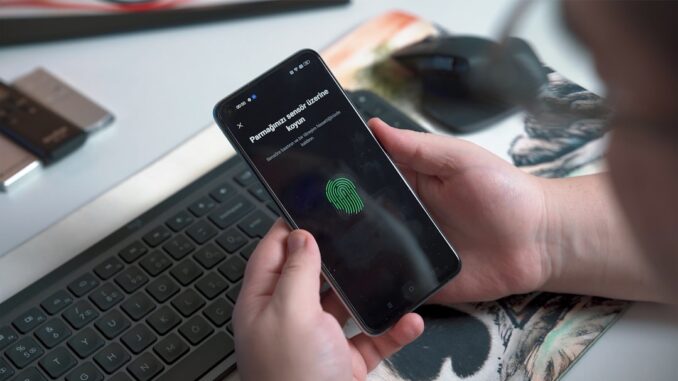
In April 2023, Google introduced a significant update to its Authenticator app, allowing users to back up their two-factor authentication (2FA) codes to the cloud via their Google Account. This move addresses a longstanding issue where losing a device meant losing access to all 2FA configurations, potentially locking users out of their accounts. By syncing one-time passwords (OTPs) to the cloud, Google aims to provide a more seamless and secure experience for its users.
The Promise of Cloud Backup
Before this update, if you lost your device with Google Authenticator installed, you faced the daunting task of manually recovering all your 2FA settings. This process was not only time-consuming but also fraught with potential security risks. With the new cloud backup feature, your OTPs are stored securely in your Google Account, ensuring that even if you lose your device, you can still access your 2FA codes from another device. This synchronization is available on both iOS and Android platforms, making it a versatile solution for a wide range of users.
Secure your future with TrueNASs cutting-edge data protection features.
Security Concerns and Considerations
While the cloud backup feature offers undeniable convenience, it also raises significant security concerns. The primary issue lies in the lack of end-to-end encryption (E2EE) for the stored OTPs. Without E2EE, Google has the ability to access your 2FA secrets, which could be exploited if your Google Account is compromised. Security researchers have pointed out that this vulnerability could potentially allow attackers to hijack your accounts by accessing your 2FA codes stored in the cloud.
Christiaan Brand, Group Product Manager at Google, acknowledged these concerns, stating that E2EE is a powerful feature that provides extra protections but at the cost of enabling users to get locked out of their own data without recovery. He mentioned that Google has started rolling out optional E2E encryption in some of its products and plans to offer E2EE for Google Authenticator down the line.
Best Practices for Users
Given the current security landscape, it’s advisable to exercise caution when enabling the cloud backup feature in Google Authenticator. Here are some best practices to consider:
-
Enable Two-Factor Authentication (2FA) on Your Google Account: This adds an extra layer of security, ensuring that even if someone gains access to your Google Account, they cannot easily access your 2FA codes.
-
Use Alternative Authenticator Apps with E2EE: Consider using authenticator apps that offer end-to-end encryption, such as Authy or Aegis. These apps ensure that only you can access your 2FA codes, mitigating the risks associated with cloud storage.
-
Regularly Review Account Security Settings: Periodically check the security settings of your accounts to ensure they are protected against unauthorized access.
Conclusion
Google’s introduction of cloud backup for 2FA codes in the Authenticator app is a double-edged sword. While it offers enhanced convenience and protection against device loss, it also introduces potential security vulnerabilities due to the lack of end-to-end encryption. Users must weigh the benefits against the risks and take appropriate measures to safeguard their accounts. As Google continues to refine this feature, staying informed and vigilant is crucial to maintaining your digital security.


The discussion around E2EE and account lockout is vital. Balancing security with usability is a difficult challenge, and the trade-offs need to be carefully considered. What other strategies beyond E2EE might mitigate the risks of cloud-based 2FA while maintaining accessibility?
That’s a great point! Thinking beyond E2EE, perhaps multi-factor authentication using biometric data alongside cloud-based 2FA could offer a more secure and user-friendly solution. What are your thoughts on the feasibility and user acceptance of biometric MFA in this context?
Editor: StorageTech.News
Thank you to our Sponsor Esdebe
So, Google can access my precious OTPs? Is this like trusting the fox to guard the henhouse, or more like giving the fox a spare key…and the house blueprints? Any bets on when E2EE “down the line” actually arrives?